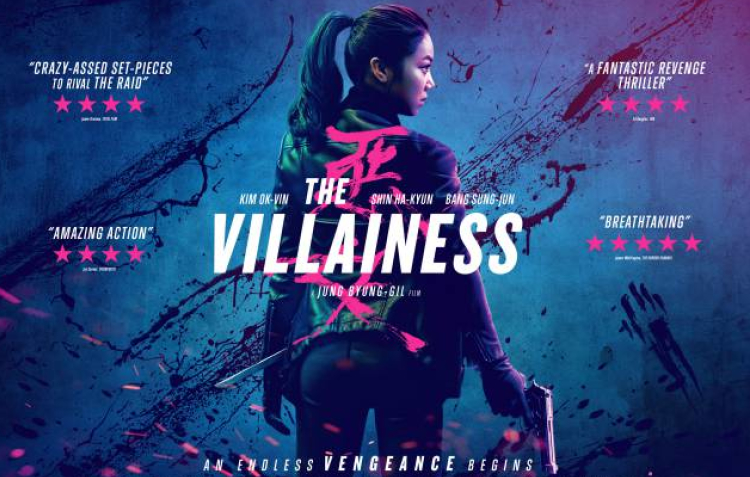Film Review | The Villainess Takes South Korean Revenge Stories to a Much Darker Level
South Korea is known worldwide for its taboo breaking films. Directors like Park Chan-Wook (Oldboy, Thirst), Bong Joon-ho (Snowpiercer, The Host) and Na Hong-jin (The Wailing) often address topics such as superstition, vengeance, and incest. Director Jung Byung-gil tries something similar with The Villainess and finds only brutal confusion.
Sook-hee (Kim Ok-bin), a heartbroken assassin, raids a gang headquarters and slaughters every member. Upon her arrest, the South Korean intelligence forces take her and train her into a perfect killing machine using her baby as leverage. Sook-hee is slowly drawn into a web of tangling conspiracies involving diamonds, long dead enemies, and recent betrayals. All this goes on while a domestic love story plays out between Sook-hee and her agency observer Jung Hyun-soo (Sung Joon).
https://www.youtube.com/watch?v=Bj6Rptz9BXU
The violence of The Villainess is explosive. The opening sequence where Sook-hee massacres a gang in an apartment block is shot mostly first person from her perspective. We only see Sook-hee’s hands toting guns and wielding knives as she blasts, beats, and rends her way through an army of gangsters. Later, a swordfight plays out as Sook-hee fends off multiple motorcycle mounted assailants. The climactic finale takes place entirely on a bus barrelling through Seoul. Blood often obscures the camera lens, it spurts from chests, necks, and stumps; and mixes with tears in the film’s more harrowing moments.
The most harrowing thing about The Villainess is its cinematography. The film is a lot more Paul Greengrass than John Woo. The camera shakes and judders rather than gliding and flowing with the action. At its best, it’s kinetic and exhilarating but at its worst it’s nauseating. These two modes often exist side-by-side which is almost as confusing as the film’s story.
Flashbacks occur at inopportune moments. Exposition is only vaguely given at the best of times and even then, it’s too far in to make much difference. Sook-hee’s motivations as well as the motivations of those around her are vague and hazy. But all the government conspiracies and crime syndicates generally fade in to the background when the domestic drama takes centre stage. The film is often tender and touching in these moments allowing the characters to have a glance at a normal life before it is once again snatched away as is so often the case for the women in these films.

Sook-hee is not the only one being trained. There are countless other women who show potential as spies and assassins at the intelligence agency’s base. These women are friends and rivals to Sook-hee and are often treated as capriciously and cruelly by the plot as she is. One scene sees Sook-hee lose a friend after a bloody, half-naked knife fight. An old rival is shot without a second thought after she betrays Sook-hee. The men in the film are faceless and often die quickly. The women of The Villainess die slowly either physically or emotionally and it is these moments that are the hardest of all to watch.
The Villainess aims for Kill Bill but forgets that clear focus is what made that film so exciting in terms of both plot and structure. In moments where the cinematography actually focuses, such as the motorcycle swordfight and the bus climax, director Byung-gil’s vision shines through. The romance side plot works quite well and would have made for a far happier film. The Villainess strips almost all the joy out of action films and instead of a South Korean answer to John Woo we have an action film directed by Lars von Trier at his most depressed.

